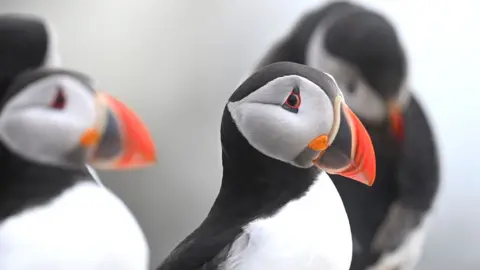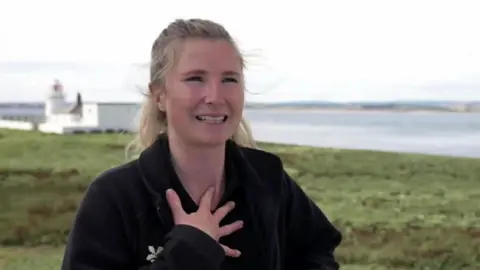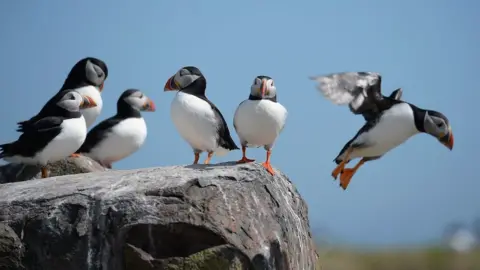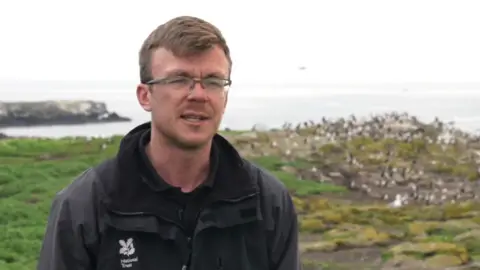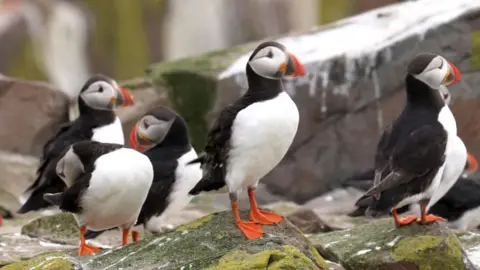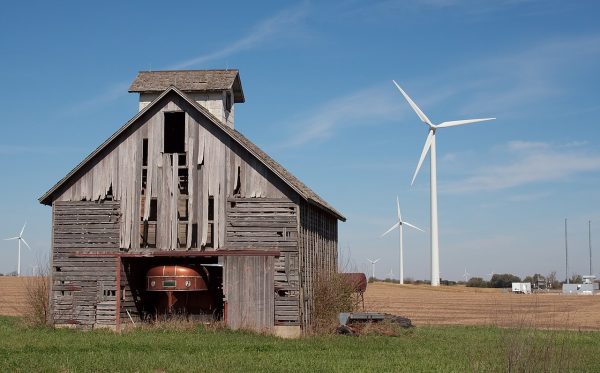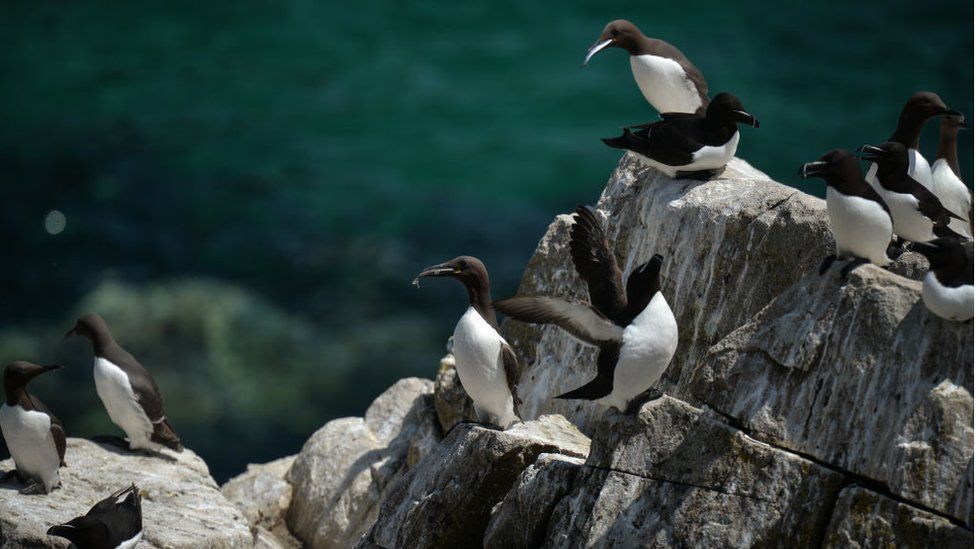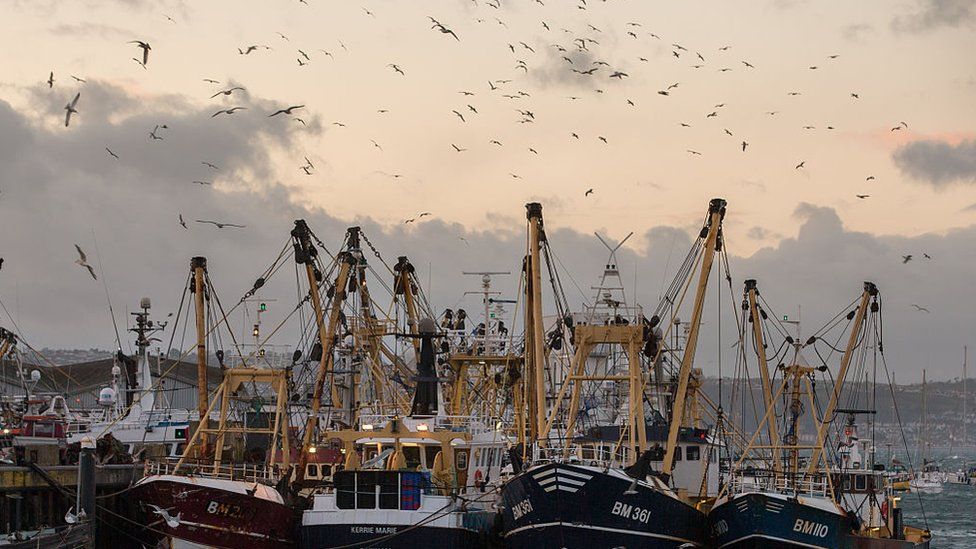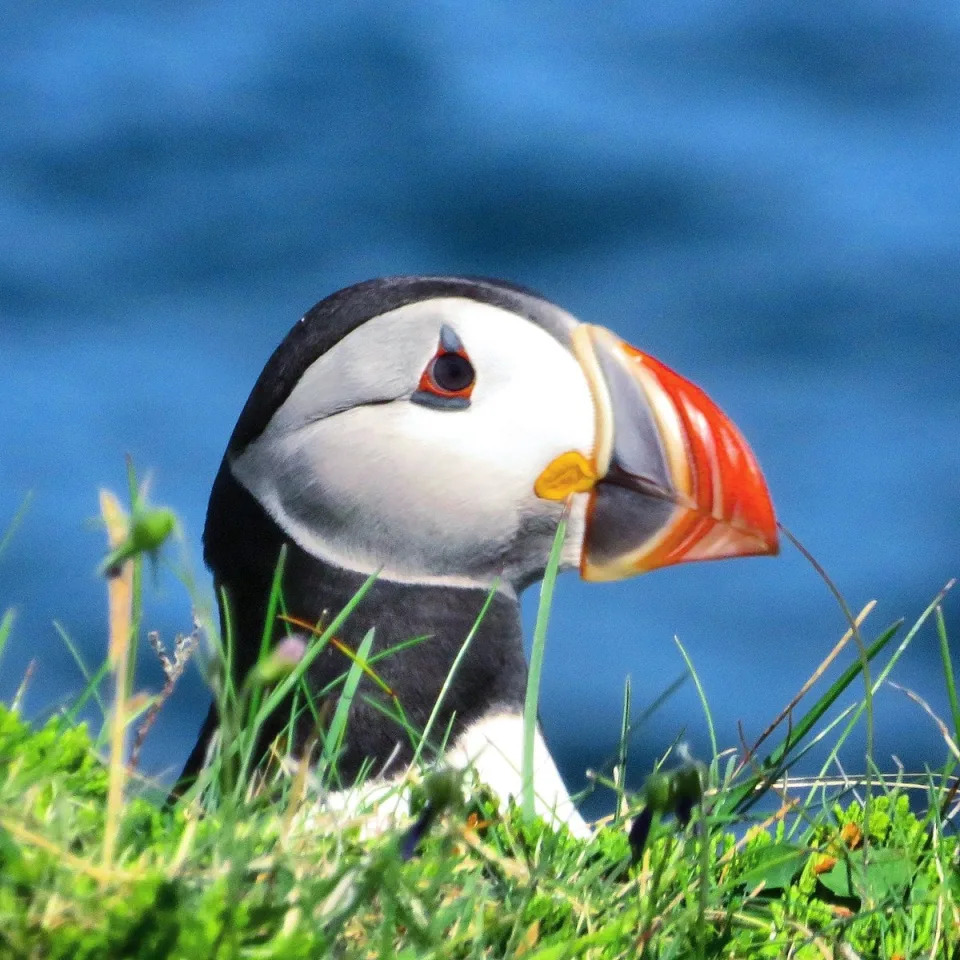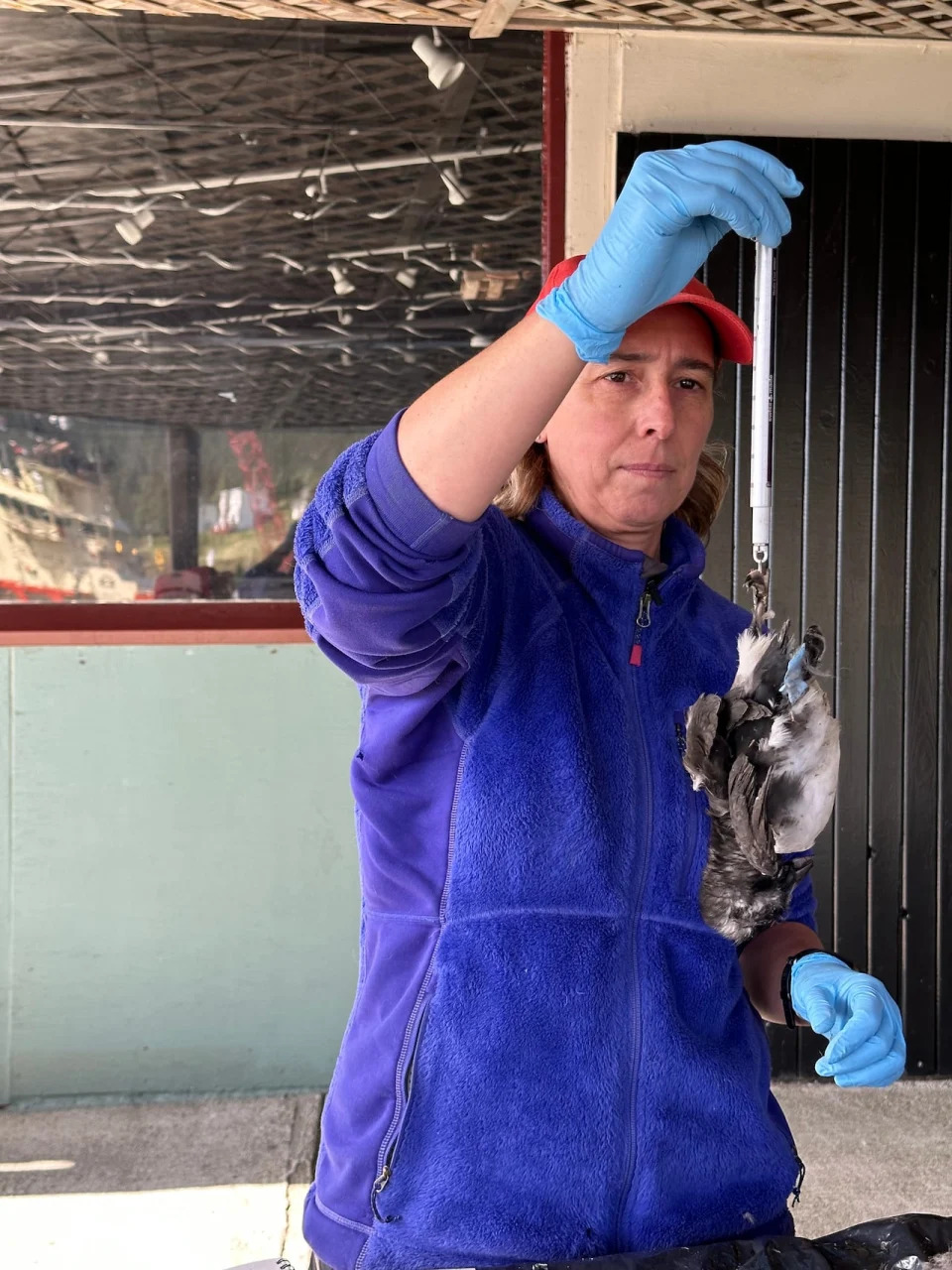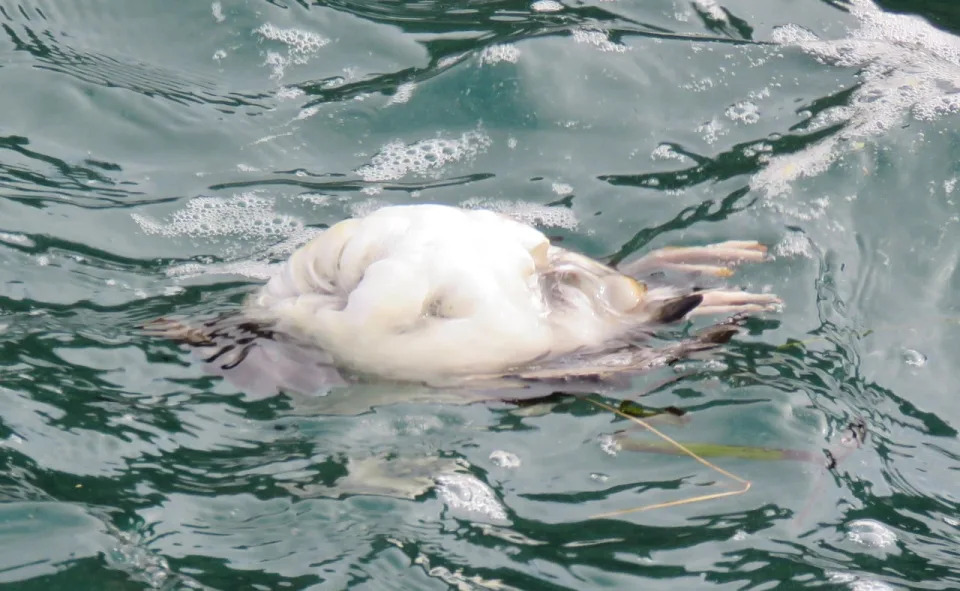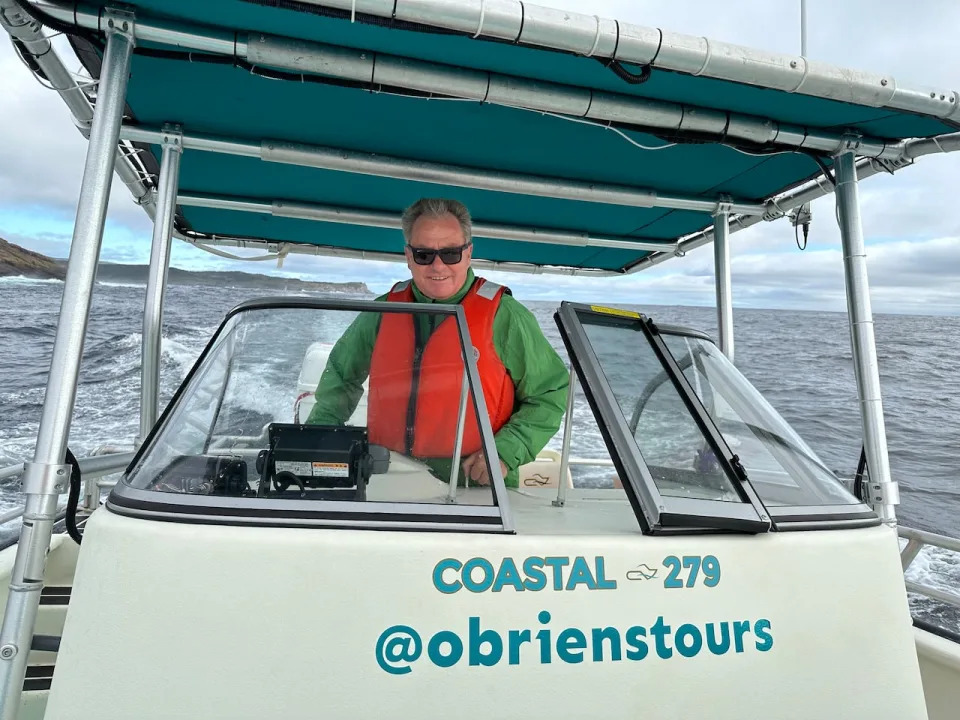 If Zeldin, Musk, or Trump knew a scintilla about actual Environmental Protection Agency employees, they would dare not froth at the mouth with their toxic stereotypes about federal civil servants.
If Zeldin, Musk, or Trump knew a scintilla about actual Environmental Protection Agency employees, they would dare not froth at the mouth with their toxic stereotypes about federal civil servants.Derrick Z. Jackson
Mar 25, 2025
Neither Lee Zeldin, nor Elon Musk, nor President Donald Trump could possibly look Brian Kelly in the eye to tell him to his face that he is lazy.
They cannot tell Kayla Butler she is crooked.
They dare not accuse Luis Antonio Flores or Colin Kramer of lollygagging on the golf course.
If Zeldin, Musk, or Trump knew a scintilla about them, they would dare not froth at the mouth with their toxic stereotypes about federal civil servants. All four work in Region 5 of the Environmental Protection Agency (EPA), responsible for pollution monitoring, cleanups, community engagement, and emergency hazardous waste response for Illinois, Michigan, Ohio, Indiana, Wisconsin, and Minnesota.
A decimated EPA means less scrutiny for another Flint water crisis, less eyeballs on Superfund sites, and limited ability to investigate toxic contamination after train derailments, such as the incident two years ago in East Palestine, Ohio.
The Midwest is historically so saturated with manufacturing that just those six states generated a quarter of the nation’s hazardous waste back in the 1970s, and it is still today home to a quarter of the nation’s facilities reporting to the EPA’s Toxic Release Inventory Program. When I recently visited Region 5’s main office in Chicago, one enforcement officer, who did not give her name because of the sensitivity of her job, told me there are still toxic sites where “we show up [and] neither the state nor the EPA has ever been [there] to check.”
With irony, I visited the office the same week the Trump administration and Zeldin, President Trump’s new EPA administrator, announced they planned to cut 65% of the agency’s budget. Zeldin has since then dropped even more bombshells in a brazen attempt to gut the nation’s first line of defense against the poisoning of people, the polluting of the environment, and the proliferation of global warming gases.
Zeldin announced on March 12 more than 30 actions he plans to undertake to weaken or cripple air, water, wastewater, and chemical standards, including eliminating the Office of Environmental Justice and External Civil Rights and getting the EPA out of the business of curbing the carbon dioxide and methane gases fueling global warming. Despite record production that has the United States atop the world for oil, Zeldin said he was throttling down on regulations because they are “throttling the oil and gas industry.”
Last week, The New York Timesreported the EPA is considering firing half to three-quarters of its scientists (770 to 1,155 out of 1,540) and closing the Office of Research and Development, the agency’s scientific research office. Zeldin justifies this in part by deriding many EPA programs as “left-wing ideological projects.” He violently brags that he is “driving a dagger straight into the heart of the climate change religion.”
Impact of Cuts at EPA Felt Deeply, Broadly
Kelly, Butler, Flores, Kramer, and many others I talked with in Region 5 said all these plans are actually a bayonet ripping out the heart and soul of their mission. They all spoke to me on the condition that they were talking as members of their union, Local 704 of the American Federation of Government Employees. Nicole Cantello, union president and an EPA attorney, said the attacks on her members are unlike anything she’s seen in her more than 30 years with the agency. As much as prior conservative administrations may have criticized the agency, there’s never been one—until now—that tried to “fire everybody.”
Flores, a chemist who analyzes air, water, and soil samples for everything from lead to PCBs, said a decimated EPA means less scrutiny for another Flint water crisis, less eyeballs on Superfund sites, and limited ability to investigate toxic contamination after train derailments, such as the incident two years ago in East Palestine, Ohio. He added, “And we have a Great Lakes research vessel that tests the water across all the lakes. It’s important for drinking water, tourism, and fishing. If we get crippled, all that goes into question.”
“People will die,” he said. “There will be additional deaths if we roll back these protections.”
Butler is a community involvement coordinator who works through Superfund legislation to inform communities about remediation efforts. She was deeply concerned that urban neighborhoods and rural communities will be denied the scientific resources to tell the full story of environmental injustice. Superfund sites, the legacy of toxic chemicals used in manufacturing, military operations, mining, and landfills, are so poisonous, they can have cumulative, compound effects on affected communities, triggering many diseases. A 2023 EPA Inspector General report said the agency needed stronger policies, guidance, and performance measures to “assess and address cumulative impacts and disproportionate health effects on overburdened communities.”
Butler is deeply concerned cumulative impact assessments will not happen with cuts to the EPA, denying urban neighborhoods and rural communities the scientific resources to fully expose the horror of environmental injustice. “It’s a clear story that they’re trying to erase.” Butler said of the new administration.
For Kelly, an on-site emergency coordinator based out of Michigan, the rollbacks and the erasing of the story of environmental harms have an obvious conclusion. “People will die,” he said. “There will be additional deaths if we roll back these protections.”
What these workers also fear is the slow death of spirit amongst themselves to be civil servants.
Start with Kelly.
I actually talked to him from Chicago by telephone because he was out in Los Angeles County, deployed to assist with the cleanup of the devastating Eaton Fire that killed 17 people and destroyed more than 9,400 structures.
Between the Eaton Fire and the Palisades Fire, which took another 12 lives and destroyed another 6,800 buildings, the EPA conducted what it said was the largest wildfire hazardous materials cleanup in the history of the agency, and likely the most voluminous lithium battery removal in world history—primarily from the electric and hybrid vehicles and home battery storage people were forced to leave behind as they fled.
During a break, Kelly talked about how nimble he and his colleagues must be. He has worked cleanups of monster storms Katrina, Sandy, and Maria, and the East Palestine trail derailment. Based normally out of Michigan, he recalled a day he was working in the Upper Peninsula on a cleanup of an old abandoned mine processing site. He received a call from a state environmental emergency official asking him to drop what he was doing because 20 minutes away a gasoline tanker truck had flipped over, spilling about 6,000 gallons of gasoline onto the roads and down through the storm sewer into local waterways.
When he arrived, Kelly asked the fire chief how he could help. He was asked to set up air monitoring. But then he noticed anxious contractors who were wondering if they were going to get paid for their work. “They’re ordering supplies, they’re putting dirt down to contain this gasoline from getting any further,” Kelly said. “But they’re like, ‘Are we going to get paid for this?’”
“I found the truck driver who was talking to their insurance company. So I get on the phone with the insurance company and say, ‘Hey. This is who I am. This is what’s happening here. You need to come to terms and conditions with these contractors right now or EPA’s going to have to start taking this cleanup over!’”
The insurance was covered. Kelly said he could not have been so assertive with the insurance company without a robust EPA behind him.
“It’s one thing to be able go out and respond to these emergencies, but you have to have attorneys on your side,” Kelly said. “You’ve got to have enforcement specialists behind you. You’ve got to have people who are experts in drinking water and air. You can’t just have one person out there on an island by themselves.”
“Cruel for the Sake of Being Cruel”
Butler wonders if whole communities will become remote islands, surrounded by rising tides of pollution. The very morning of our interview, she was informed she was one of the thousands of federal workers across the nation who had their government purchase cards frozen by Elon Musk, the world’s richest human and President Trump’s destroyer of federal agencies. In launching the freeze, Musk claimed with no evidence, “A lot of shady expenditures happening.”
Butler threw shade on that, saying the purchase system is virtually foolproof with multiple layers of vetting and proof of purchase. She uses her purchase card to buy ads and place public notices in newspapers to keep communities informed about remediation of Superfund sites.
She has also used her card to piece together equipment to fit in a van for a mobile air monitor. The monitor assists with compliance, enforcement, and giving communities a read on possible toxic emissions and dust from nearby industrial operations.
Kramer wonders how many more scientists will follow in his footsteps to see that the work keeps getting done.
“I literally bought the nuts and bolts that feed into this van that allow the scientists to measure all the chemicals, all the air pollution,” Butler said. “I remember seeing the van for the first time after I bought so many things for years. And I was like ‘Wow this is real!’”
Not only was the van real, but air monitoring in general, along with soil monitoring—particularly in places like heavily polluted Southeast Chicago—has been a critical tool of environmental justice to get rid of mountains of petcoke dust and detect neurotoxic manganese dust in the air and lead in backyards.
“Air monitoring created so much momentum for the community and community members to say, ‘This is what we need,’” Butler said.
Kramer is a chemist in quality assurance, working with project planners to devise the most accurate ways of testing for toxic materials, such as for cleanups of sites covered in PFAS—aka “forever chemicals”—from fire retardants, or at old industrial sites saturated with PCBs from churning out electrical equipment, insulation, paints, plastics, or adhesives. His job is mostly behind the scenes, but he understood the meaning of his work from one visit to a site to audit the procedures of the Illinois EPA.
The site had a small local museum dedicated to the Native tribes that first occupied the land. “The curator or director told us how the sampling work was going to bring native insects back to the area and different wildlife back to the streams,” Kramer said. “It was kind of a quick offhand conversation, but it gave me a quick snapshot of the work that’s being done.”
Kramer wonders how many more scientists will follow in his footsteps to see that the work keeps getting done. He remembered a painful day recently when a directive came down that he could not talk to contractors, even those who happen to work in the same building as he does.
“I see them every day,” Kramer said. “They come say hi to me. They know my child’s name. Being told that I couldn’t respond if they came to my desk, looked me in the face, and said, ‘Good morning,’ is just such an unnecessary wrench into our system that just feels cruel for the sake of being cruel.”
Staff Stifled, Heartbroken
The culture of fear is particularly stifling for one staffer who did not want to give her name because she is a liaison to elected officials. Before Zeldin took over, she would get an email from an elected official asking if funding for a project was still on track and “30 seconds later,” as she said, the question would be answered.
Her job “is all about relationships,” keeping officials informed about projects. Now, she said just about everything she depends on to do her job has basically come to a halt. “Everyone’s afraid to say anything, answer emails, put anything in writing without getting approval. Just mass chaos all the way to the top.”
“I feel like I made a promise to them that I would be there for what they needed,” she said. “And I feel like I’ve been forced to go back on that promise.”
Relationships are being upset left and right according to other staffers. One set of my interviews was with three EPA community health workers who feel they are betraying the communities they serve because their contact with them has fluctuated in the first months of the Trump administration. They’ve had to shift from silence to delicately dancing around any conversation that mentions environmental justice or diversity, equity, and inclusion.
They did not want to be named because they did not want to jeopardize the opportunity to still find ways to serve communities historically dumped on with toxic pollution for decades because of racism and classism.
“Literally since January 20, my entire division has been on edge,” said one of the three. “We kind of feel like we’re in the hot seat. A lot of people working on climate are afraid. If you’re working with [people with] lower to moderate income or [places] more populated by people of color, you’re afraid because you don’t want to send off any flags to the administration.”
The tiptoeing is heartbreaking to them because they see firsthand the poisoning of families from chemicals the EPA has regulated. One of the health workers has painful memories of seeing the “devastated” look on mothers’ faces when giving them the results of child lead tests that were well above the hazardous limit. “I feel like I made a promise to them that I would be there for what they needed,” she said. “And I feel like I’ve been forced to go back on that promise.”
Remembering Their Mission Boosts Morale
Despite that, and despite President Trump’s baseless ranting, which included saying during the campaign that “crooked” and “dishonest” federal workers were “destroying this country,” these EPA staffers are far from caving in. Nationally, current and former EPA staff last week published an open letter to the nation that said, “We cannot stand by and allow” the assault on environmental justice programs.
Locally in Region 5, the workers’ union has been trying to keep morale from tanking with town halls, trivia nights, lunch learning sessions, and happy hours. In a day of quiet defiance, many of the 1,000 staffers wore stickers in support of the probationary employees that said, “Don’t Fire New Hires.” Several of the people I interviewed said that if Zeldin and the Trump administration really cared about waste and inefficiency, they would not try to fire tens of thousands of probationary workers across the federal system.
One of them noted how the onboarding process, just to begin her probationary year, took five months. “It wastes all this money onboarding them and then eliminating them,” she said. “That’s totally abusing taxpayer dollars if you ask me. It’s hard enough to get people to work here. We’re powered by smart people who went to school for a long time and could make a lot of money elsewhere.” Federal staffers with advanced degrees make 29% less, on average, than counterparts in the private sector, according to a report last year from the Congressional Budget Office.
“We’re supposed to be this nonpartisan force that’s working for the American people, and attacks to that is a direct attack on the American people.”
Individually, several said they maintained their morale by remembering why they came to the EPA in the first place. Flores, whose public service was embedded into him growing up in a military family, said, “I didn’t want to make the next shampoo,” with his chemistry degrees. “I didn’t want to make a better adhesive for a box… the tangible mission of human health and environmental health is very important me.”
The enforcement officer who wanted to remain anonymous talked about a case where she worked with the state to monitor lead in a fenceline community near a toxic industry. Several children were discovered to have elevated levels of lead in their blood.
“People’ lives are in my hands,” she said. “When we realized how dire the circumstance was, we were able to really speed up our process by working with the company, working with the state, and getting a settlement done quick. And now all those fixes are in place. The lead monitoring has returned back to safe levels, and we know that there aren’t going to be any more kids impacted by this facility.”
One of the community health workers I interviewed said her mission means so much to her because at nine years old she lost her mother to breast cancer after exposure to the solvent trichloroethylene (TCE). That carcinogen is used in home, furniture, and automotive cleaning products. The Biden administration banned TCE in its final weeks, but the Trump administration has delayed implementation.
“The loss of her rippled throughout our community,” the worker said of her mother. “She was active in our church, teaching immigrants in our city how to read. The loss of her had such a large impact.” She said if the EPA were gutted, so many people like her mother would be lost too soon. “We play critical roles beyond just laws and regulations,” she said. “We do serve vital functions for communities based on where the need is the most.”
The same worker worried that if an agency as critical to community health as the EPA can be slashed to a shell of itself, there is no telling what is in store next for the nation. “I know people don’t have a lot of sympathy for bureaucrats,” she said. “But I think what is happening to us is a precursor to what happens to the rest of the country. We’re supposed to be this nonpartisan force that’s working for the American people, and attacks to that is a direct attack on the American people.”
One of her co-workers seconded her by saying, “We’re fighting for the American people and we are the American people. We all began this job for a reason. We all have our ‘why.’ And that hasn’t changed just because the administration has changed, because there’s some backlash or people coming after us. Just grounding yourself with people whose ‘why’ is the same as yours helps a lot.”
© 2023 Union of Concerned Scientists
Derrick Z. Jackson is a 2018 winner from the National Society of Newspaper Columnists, a 10-time winner from the National Association of Black Journalists and a Pulitzer Prize finalist and co-author of Project Puffin: The Improbable Quest to Bring a Beloved Seabird Back to Egg Rock (2015).
Full Bio >

